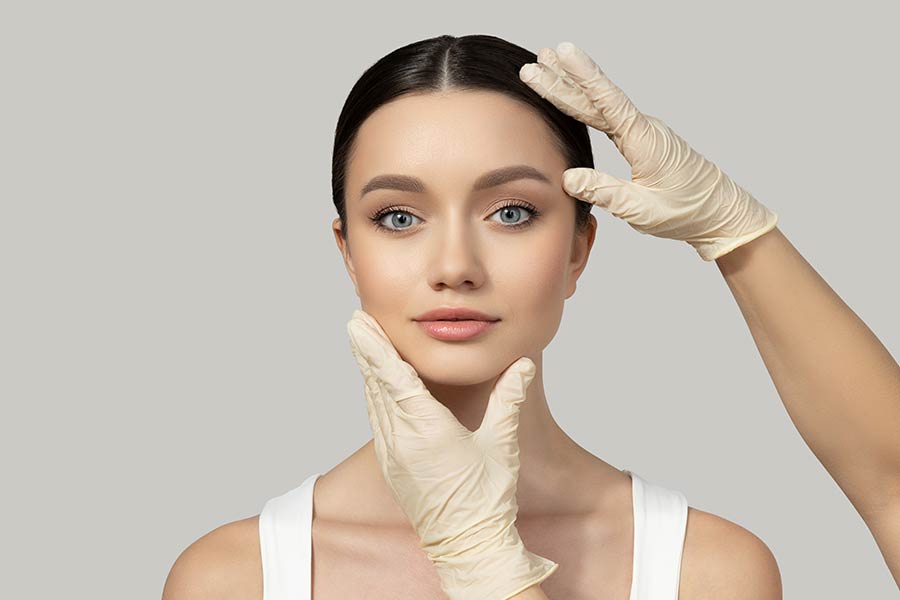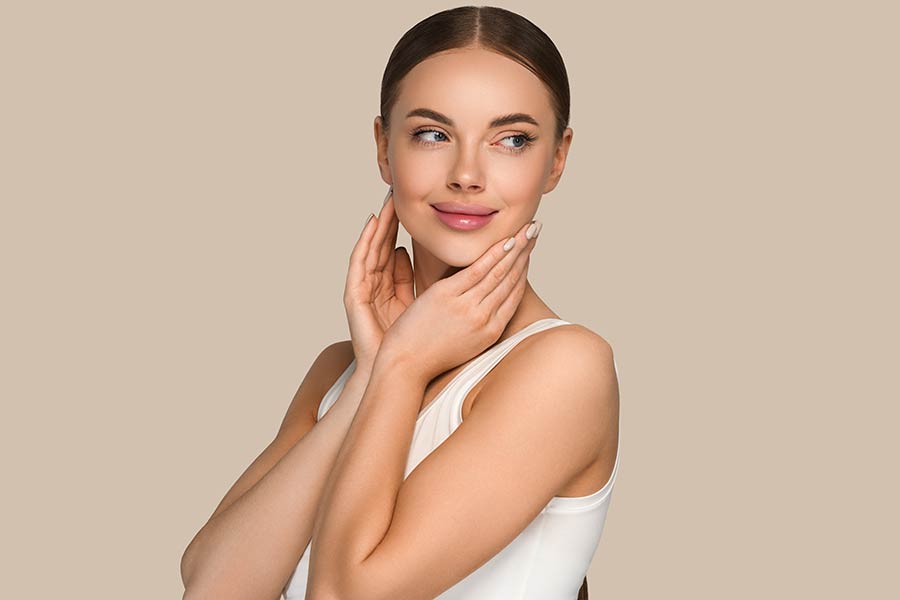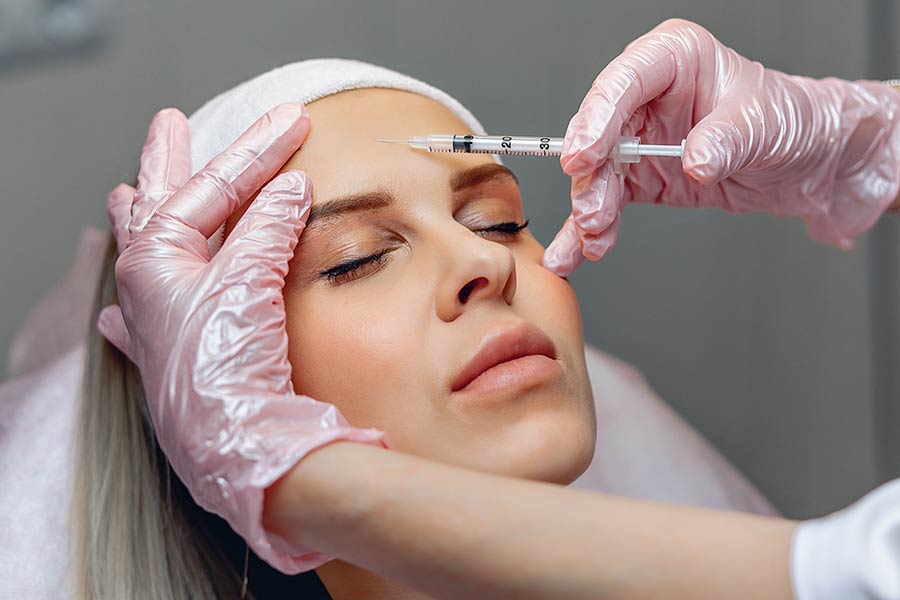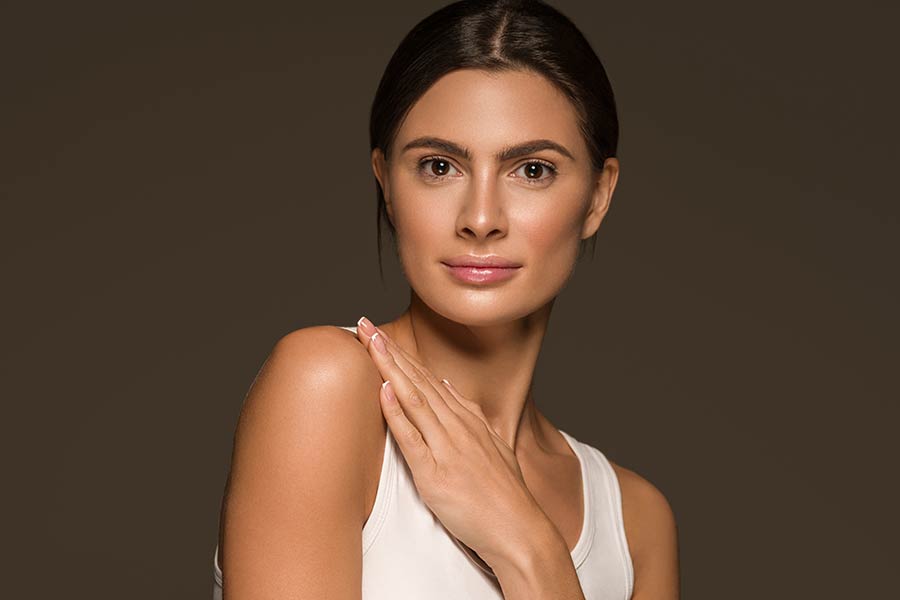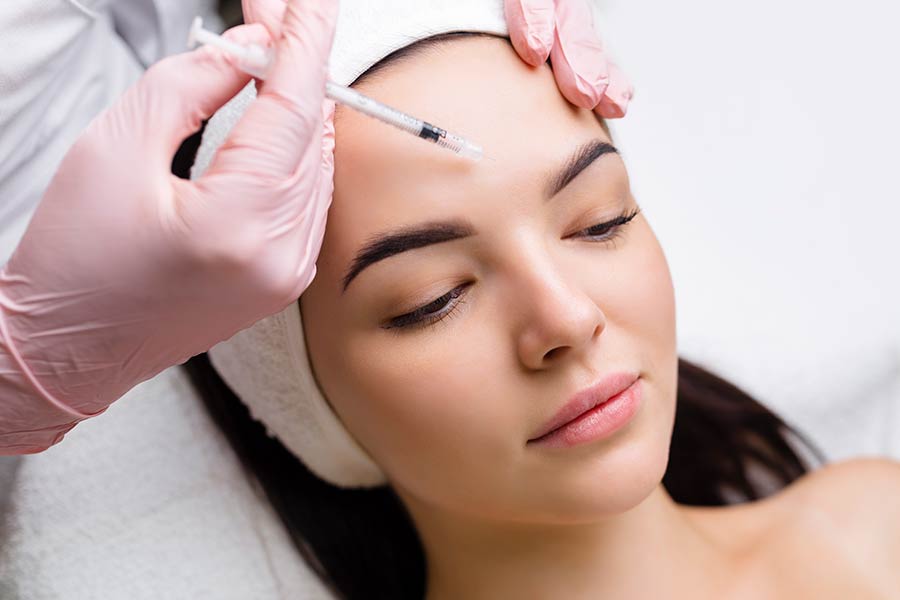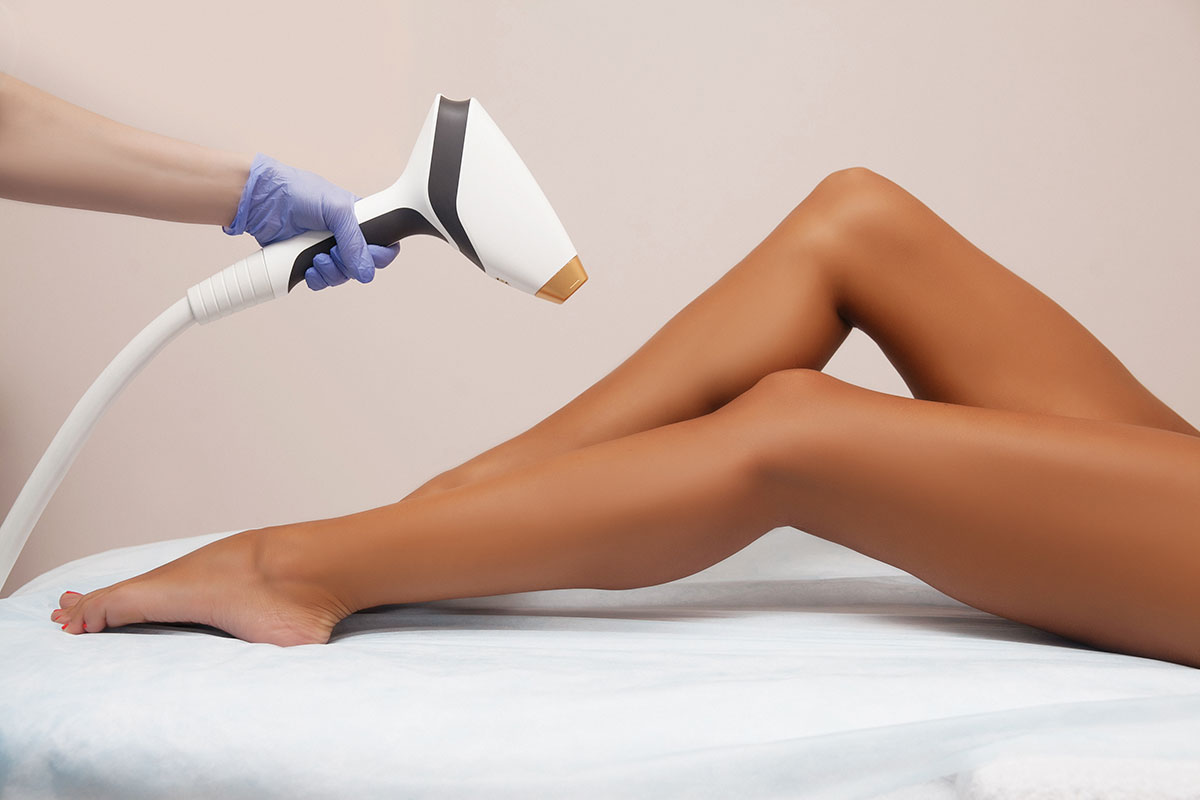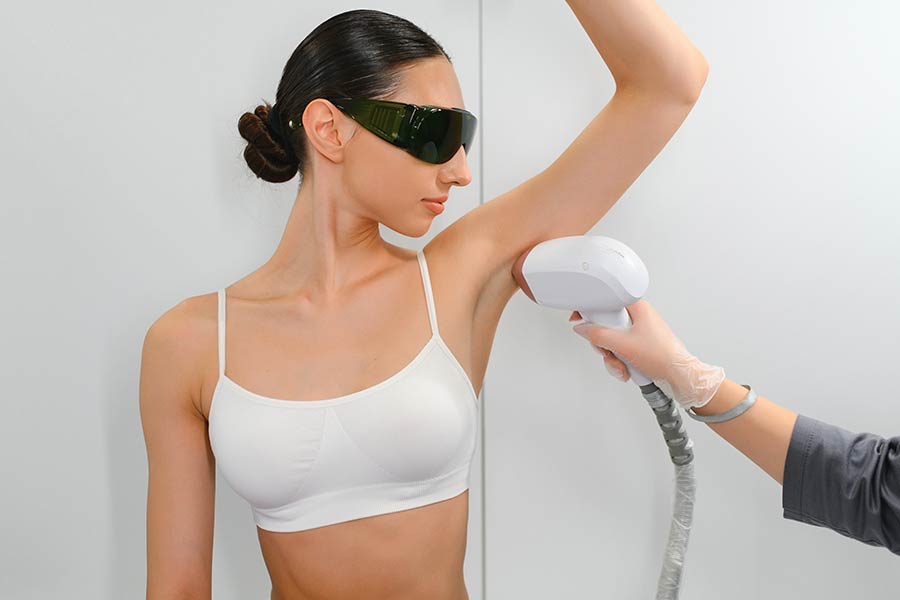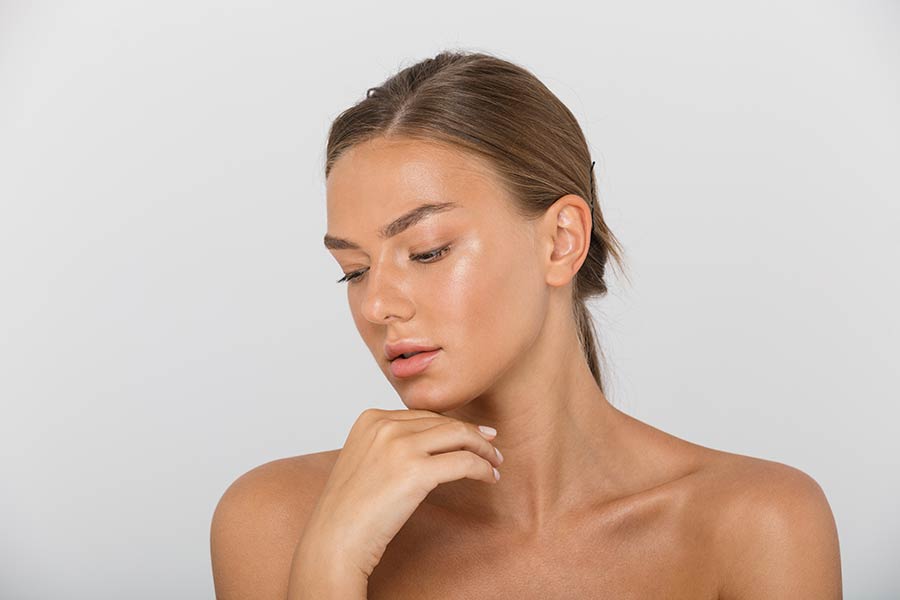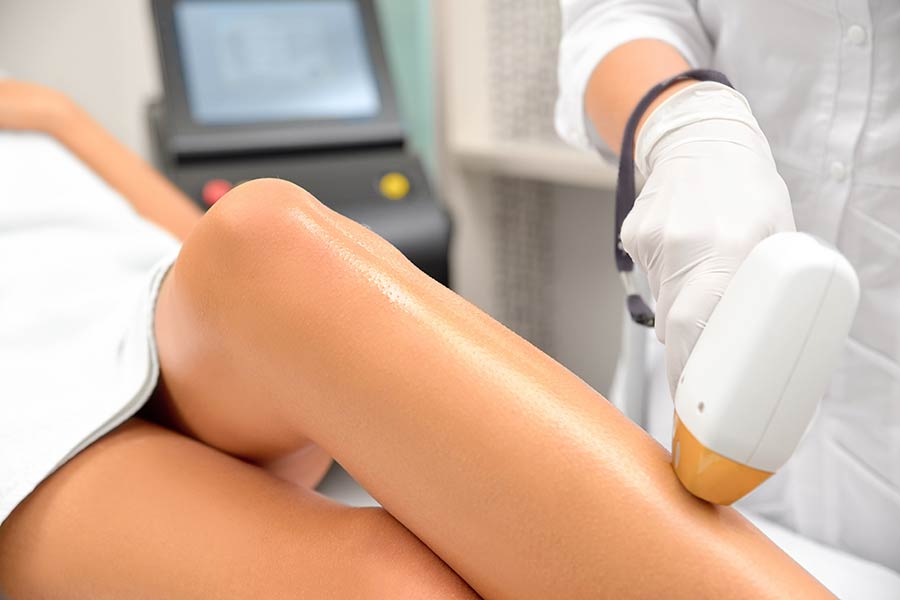Juvederm and Botox have revolutionized the world of cosmetic treatments, offering solutions that were once unimaginable. Originating from a desire to smooth out life's little imperfections, these treatments have become synonymous with achieving a youthful appearance without going under the knife. With their rise in popularity, understanding the nuances between Juvederm and Botox has never been more crucial. While both promise to erase the signs of aging, they cater to different needs and areas of concern. This post dives into what sets them apart, how they work, and why they might be the game-changer you're looking for in your beauty regimen. Whether you're contemplating your first treatment or simply looking to brush up on your knowledge, this guide is your go-to resource.
Key Takeaways
- Juvederm and Botox are popular options for cosmetic enhancements, offering solutions for wrinkles, fine lines, and volume loss.
- While Juvederm is a filler that restores volume and smooths out deep lines by adding hyaluronic acid, Botox temporarily paralyzes muscles to reduce the appearance of wrinkles.
- They are effective in different areas: Juvederm is often used around the mouth and nose, while Botox is commonly applied to the forehead and around the eyes.
- The effects of Juvederm can last up to two years, whereas Botox typically requires reapplication every 3 to 6 months.
- Potential side effects include swelling, bruising, and redness, but these are generally temporary and can be managed with proper care.
- Before opting for either treatment, consider your health condition, discuss expectations with a qualified professional, and ensure you understand the recovery process.
Understanding the Basics
What is Juvederm
Juvederm stands as a popular dermal filler. It targets facial wrinkles and areas with volume loss. Its main ingredient, hyaluronic acid, plays a crucial role. This substance hydrates and adds volume to the skin, making it look fuller and smoother.
There's not just one type of Juvederm. The brand offers a variety of products. Each is tailored for different areas of the face. This allows for customized treatments based on individual needs.
What is Botox
Botox works differently from Juvederm. It's a neurotoxin that temporarily paralyzes muscles. By doing this, it reduces wrinkles, especially those caused by expressions like frowning or smiling.
But Botox isn't just for cosmetic use. It also has medical applications beyond wrinkle reduction. For example, it can help with chronic migraines and excessive sweating. Its origin traces back to Clostridium botulinum bacteria.
Key Distinctions
Comparing Juvederm and Botox reveals key differences in their approaches to anti-aging treatments. Juvederm fills in lost volume and smooths out skin folds through its gel-like substance. On the other hand, Botox relaxes the muscles beneath the skin to reduce dynamic wrinkles.
The treatment areas also differ between the two. Juvederm excels in restoring volume in cheeks, lips, and around the mouth. Botox is most effective on forehead lines, crow's feet around the eyes, and frown lines.
Another important distinction is how long their effects last. Typically, Juvederm results can last up to 1-2 years depending on the product used and the area treated. Botox effects usually last about 3-4 months before needing another session.
Composition and Mechanism
Juvederm Ingredients
Juvederm's primary component is hyaluronic acid. This substance is naturally found in the body. It helps keep skin hydrated and voluminous. Because it's already part of our biology, hyaluronic acid is both safe and effective for cosmetic use.
e Juvederm products also contain lidocaine. Lidocaine helps reduce discomfort during the injection process. This makes the treatment more comfortable for patients.
Botox Ingredients
The active ingredient in Botox is botulinum toxin type A. It works by blocking nerve signals to muscles. This prevents muscles from contracting, leading to a reduction in visible wrinkles.
Botox formulations are known for their purity and controlled concentration. These factors ensure the treatment's safety and effectiveness.
How They Work
Juvederm works by adding volume beneath the skin's surface. It fills in wrinkles and folds, leading to a smoother appearance. The effect of Juvederm is immediate, providing instant results after treatment.
Botox, on the other hand, prevents muscle contractions that cause wrinkles. Its results are not immediate but develop over several days post-treatment. The gradual onset of Botox results ensures a natural-looking improvement in skin texture and appearance.
Primary Uses in Cosmetic Procedures
Juvederm Applications
Juvederm shines in enhancing facial contours and adding volume to specific areas. Common treatment spots include the cheeks, lips, and nasolabial folds. By injecting this filler into the cheeks, practitioners can restore lost volume or create a more defined cheekbone appearance. Lips benefit from Juvederm by gaining fullness and definition, making them appear more youthful.
For those struggling with moderate to severe facial wrinkles, Juvederm offers a solution. It smooths out these areas, reducing the appearance of deep lines that often form between the nose and mouth. This effectiveness makes it a go-to for individuals looking to rejuvenate their face without undergoing surgery.
Botox Applications
Botox is renowned for its ability to smooth out dynamic wrinkles, which are lines caused by muscle movement. Typical areas treated include forehead lines, crow's feet around the eyes, and frown lines between the eyebrows. Its precision in targeting muscles helps relax them, diminishing the appearance of these wrinkles.
Beyond cosmetic applications, Botox has off-label uses that provide relief from excessive sweating (hyperhidrosis) and chronic migraines. These additional benefits make Botox a versatile tool not just for improving physical appearance but also for enhancing quality of life for those with certain medical conditions.
Combining Both Treatments
For a comprehensive anti-aging strategy, combining Juvederm and Botox treatments is highly effective. While Juvederm restores volume and smooths out deep wrinkles, Botox focuses on reducing dynamic wrinkles caused by muscle movements. Together, they offer a full-face rejuvenation, tackling various signs of aging from different angles.
Consulting with a professional is crucial when considering both treatments. They can tailor the combination to meet individual needs, ensuring optimal results that look natural and harmonious. This customized approach ensures that each person receives care that aligns perfectly with their unique facial structure and aesthetic goals.
Effectiveness and Duration
Juvederm Results
Juvederm treatments provide immediate visibility of results. Patients often notice a difference right after their session. These effects can last 6 to 18 months, depending on the specific product used and the area treated. What makes Juvederm especially appealing is its natural-looking outcome. Its smooth consistency blends into the skin, offering a seamless and youthful appearance without giving away that you've had work done.
Botox Results
Botox works a bit differently. The first signs of improvement appear within 24 to 48 hours post-treatment. This quick onset allows for timely enhancement, making it ideal for those looking for fast results. Typically, the effects of Botox last between 3 to 6 months. Its high satisfaction rate comes from the predictable outcomes it delivers, providing a reliable solution for those seeking to reduce the appearance of wrinkles and fine lines.
Treatment Timeframes
Both Juvederm and Botox treatments are known for their efficiency. Sessions usually take no longer than 30 minutes, fitting easily into busy schedules. Another significant advantage is the lack of downtime required post-procedure. Patients can return to their daily activities immediately, making these treatments highly convenient for modern lifestyles.
For sustained results, regular maintenance sessions are recommended. These follow-up treatments help extend the effectiveness of both Juvederm and Botox, ensuring long-lasting youthfulness and radiance.
Areas of Application
Targeting Wrinkles with Botox
Botox works wonders on expression lines. These are the wrinkles you get from frowning, smiling, or squinting. It smooths them out by relaxing the muscles underneath. This makes your skin look smoother and younger.
Doctors know exactly where to place the injections. This ensures results look natural. You won't look like you've had work done, just refreshed.
Starting Botox early can even prevent wrinkles from forming. It's like setting up a barrier against aging. Many see this as a smart move in their skincare routine.
Addressing Volume Loss with Juvederm
Juvederm is all about bringing back lost volume to your face. As we age, our faces lose plumpness and start to sag. Juvederm fills those areas up again, making you look youthful.
It's not just about filling in gaps. Juvederm can also pump up your lips and sharpen your facial contours. This customization means treatments are tailored to how each person ages.
This filler adapts to your unique face shape and aging pattern. It restores what time has taken away but keeps you looking like yourself.
Lip and Wrinkle Treatments
Juvederm offers various options for enhancing lips. Whether you want a subtle boost or more dramatic volume, there's a solution for you.
Botox helps with lines around the mouth too. Those pesky perioral lines that lipstick loves to settle into? Botox can soften them, giving a more polished look.
Combining Juvederm and Botox is becoming popular for full-face rejuvenation. It addresses both loss of volume and wrinkles at once. This approach creates balanced, natural-looking results.
Side Effects and Recovery
Juvederm Side Effects
After discussing the various areas where Juvederm can enhance one's appearance, it's important to consider the potential side effects. Common reactions include redness, swelling, and bruising at the injection site. These symptoms are usually mild and resolve on their own within a few days.
In rare cases, individuals may experience allergic reactions. It's crucial to discuss your medical history with your provider before treatment.
Botox Side Effects
Similar to Juvederm, Botox treatments come with their own set of possible side effects. Patients often report minor bruising, headache, or a slight drooping in the treated area. However, these issues are typically temporary and can be minimized with proper technique.
The risk of serious complications is low when treatments are performed by experienced practitioners. To reduce side effects, follow all post-treatment care instructions carefully.
Recovery Time
Both Juvederm and Botox boast minimal recovery times, allowing patients to return to most daily activities almost immediately. However, it's wise to avoid strenuous exercises for 24 hours after treatment as a precautionary measure.
Adhering to aftercare instructions provided by your specialist ensures optimal healing and results. This might include avoiding excessive sun exposure or not applying pressure to the treated areas.
Pre-treatment Considerations
Ideal Candidates
The best candidates for Juvederm and Botox treatments are those with realistic goals. They seek improvements, not perfection. Age itself isn't a barrier. Instead, skin health and overall condition are key factors. These treatments work well for specific cosmetic concerns like wrinkles or loss of facial volume.
However, not everyone is suited for these procedures. Pregnant or breastfeeding women should wait before undergoing treatment. The same goes for individuals with certain neurological conditions. Their safety comes first.
Safety Comparison
Both Juvederm and Botox boast high safety profiles when administered by trained professionals. It's crucial to choose someone qualified to minimize risks.
During the initial consultation, revealing your full medical history and current medications is important. This information helps in tailoring the safest treatment plan for you.
Both treatments are FDA approved, ensuring they meet rigorous safety standards. This approval signifies that both have been thoroughly tested and deemed safe for cosmetic use.
Preparing for Treatment
To get ready for a Juvederm or Botox session, there are several steps you can take to ensure the best outcome. First, avoid any blood-thinning medications and supplements like aspirin or fish oil. These can increase bruising risk at the injection site.
Staying hydrated is also beneficial. Inform your practitioner about any recent skin infections or irritations in the area to be treated.
It's wise to have a detailed consultation before proceeding. This discussion can help set clear goals and determine which treatment—Juvederm or Botox—is most suitable for your needs.
Making an Informed Decision
Price Comparison
Botox's cost can vary, typically charged per unit. A single area treatment might use 20 to 60 units. This makes the overall price depend on how many areas you want to treat.
Juvederm's pricing strategy is different. It's sold by the syringe, with each syringe volume tailored to the treatment area. The cost is influenced by the type of Juvederm used and the volume needed.
Both treatments see price variations based on geographic location and the experience level of the practitioner. Generally, experienced professionals in larger cities charge more due to higher demand and operational costs.
Analyzing the Results
It's wise to look at before and after photos when considering these treatments. They help set realistic expectations about what can be achieved.
Discussing what you hope to achieve with your practitioner is crucial. They can help set realistic goals and explain what is possible. Sometimes, achieving the desired outcome requires multiple sessions or touch-ups.
Common Questions Answered
The longevity of results from Botox and Juvederm varies. Botox effects typically last 3 to 6 months, while Juvederm can last from one to two years, depending on the product used and individual metabolism rates.
Recovery time also differs between treatments. Botox usually has minimal downtime, allowing most people to resume normal activities immediately. Juvederm might involve some swelling or bruising, requiring a short recovery period.
Choosing a qualified provider is crucial for both safety and effectiveness. Ensure they have proper certification and experience with these treatments.
Summary
Juvederm and Botox offer you ways to refresh and rejuvenate your look with minimal downtime. Understanding their basics, how they work, and where they can be applied helps you see their potential in cosmetic enhancement. They're proven in smoothing wrinkles, enhancing facial contours, and providing natural-looking results. Remember, side effects are possible, but with proper pre-treatment considerations, they're generally manageable. Making an informed decision means weighing the benefits against potential risks and choosing what's best for your unique needs.
Choosing between Juvederm and Botox involves understanding your aesthetic goals and consulting with a professional. Whether you're looking to erase fine lines, restore volume, or both, these treatments can offer solutions tailored to your desires. Ready to take the next step? Reach out to a licensed practitioner to discuss your options and embark on your journey towards a more youthful appearance.
Frequently Asked Questions
What are the main differences between Juvederm and Botox?
Juvederm is a dermal filler that adds volume to facial tissues, using hyaluronic acid. Botox, on the other hand, is a neuromodulator that relaxes muscles to reduce wrinkles. Both serve different purposes in cosmetic enhancement.
How long does it take to see results from Juvederm and Botox treatments?
Results from Botox typically appear within 3-7 days post-treatment, while Juvederm offers immediate results. The full effect of Juvederm might be observed after a few days when any swelling subsides.
What are the primary uses of Juvederm and Botox in cosmetic procedures?
Juvederm is primarily used for adding volume to lips, cheeks, and reducing the appearance of deep lines. Botox is most commonly used to treat forehead lines, crow's feet, and frown lines by temporarily relaxing the muscles.
How long do the effects of Juvederm and Botox last?
The effects of Juvederm can last between 6 to 18 months, depending on the product used and individual factors. Botox effects typically last about 3-4 months before another treatment is needed.
Can anyone get Juvederm or Botox treatments?
Not everyone is a suitable candidate for these treatments. Individuals with certain health conditions, pregnant or breastfeeding women should avoid them. A consultation with a qualified professional is essential to determine suitability.
What are common side effects of Juvederm and Botox?
Common side effects include temporary redness, swelling, bruising at the injection site for both treatments. Botox may also cause headache or flu-like symptoms in some cases. These side effects usually resolve quickly.
What should I consider before getting Juvederm or Botox?
Consider your health history, allergies, and treatment goals. Discussing these with a qualified healthcare provider will help ensure safety and achieve desired outcomes. Prioritize choosing an experienced injector for best results.

